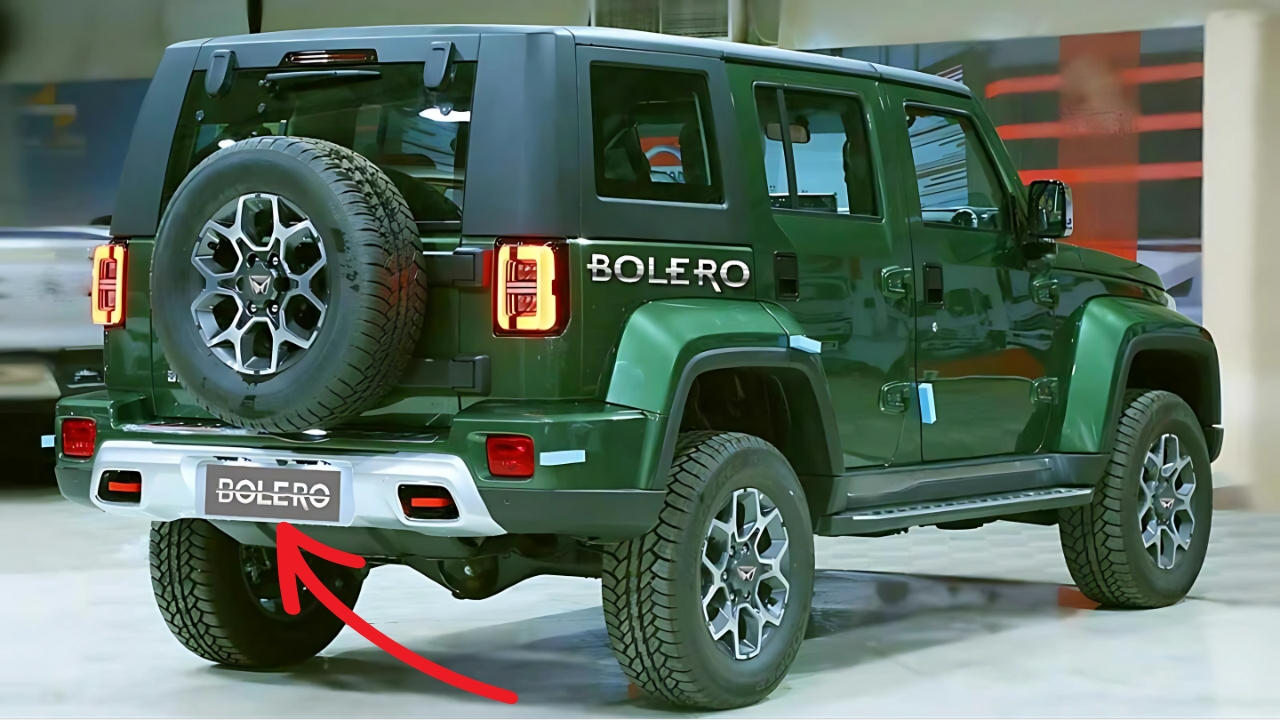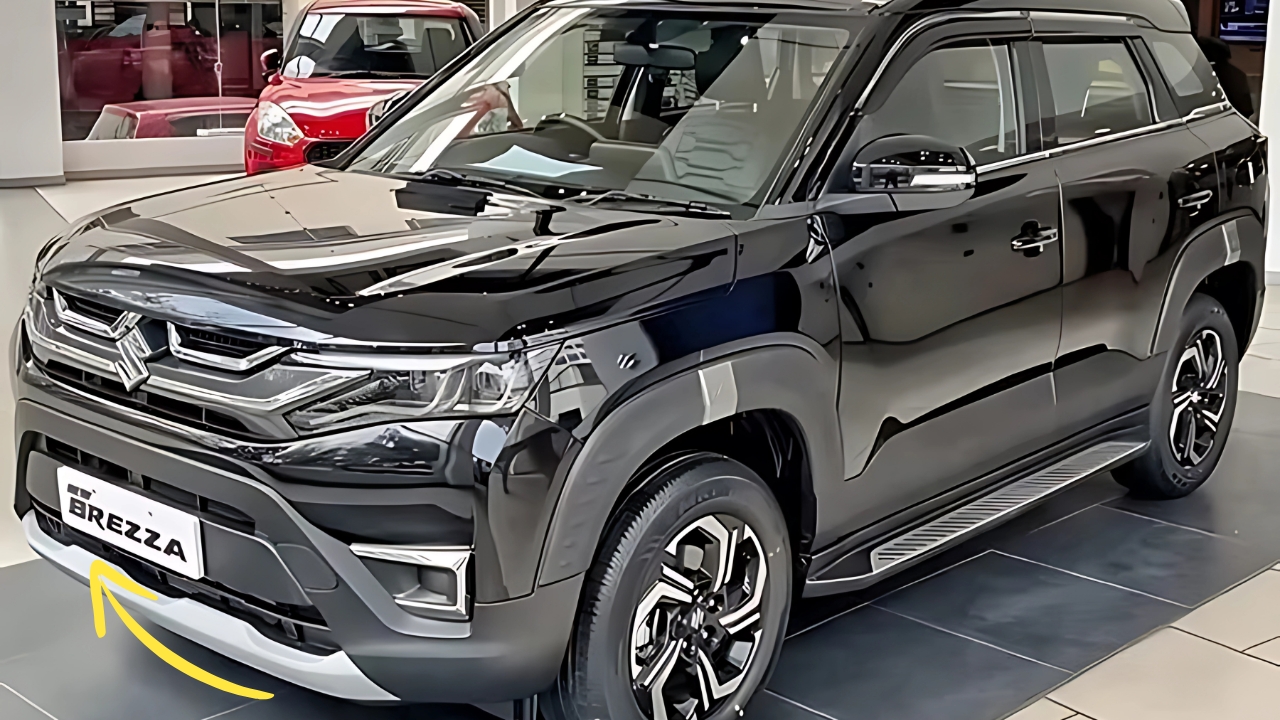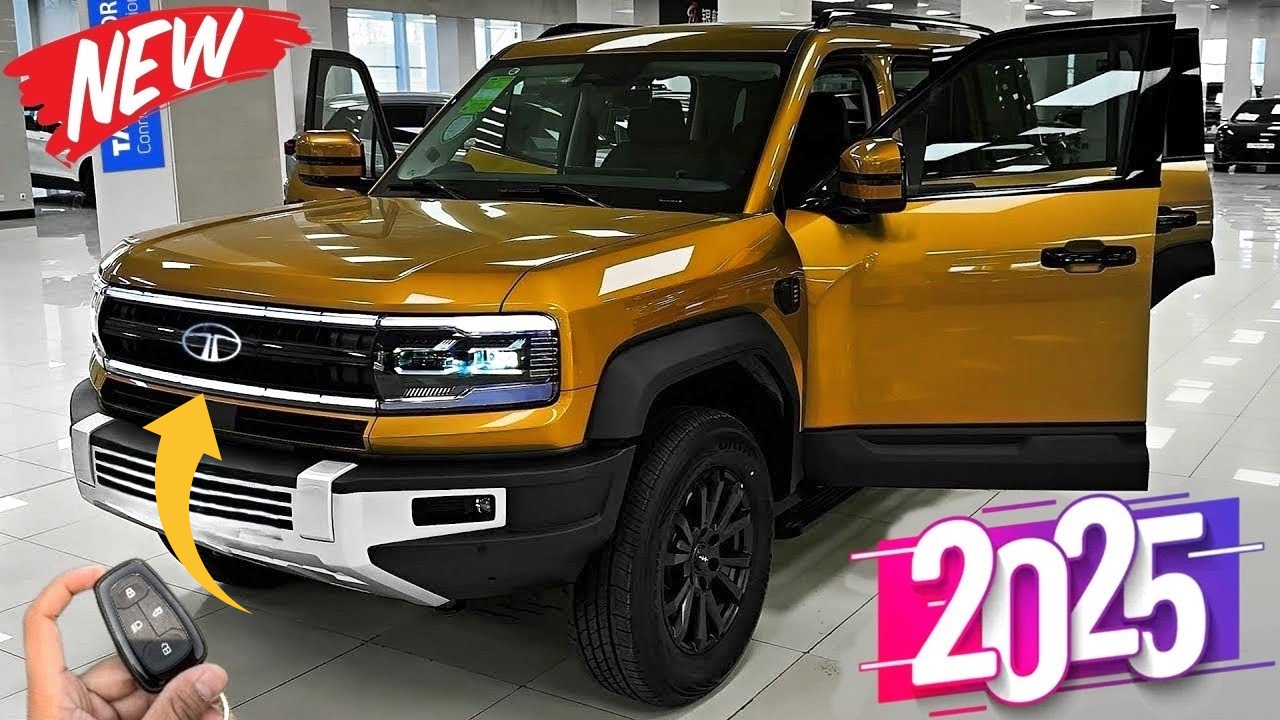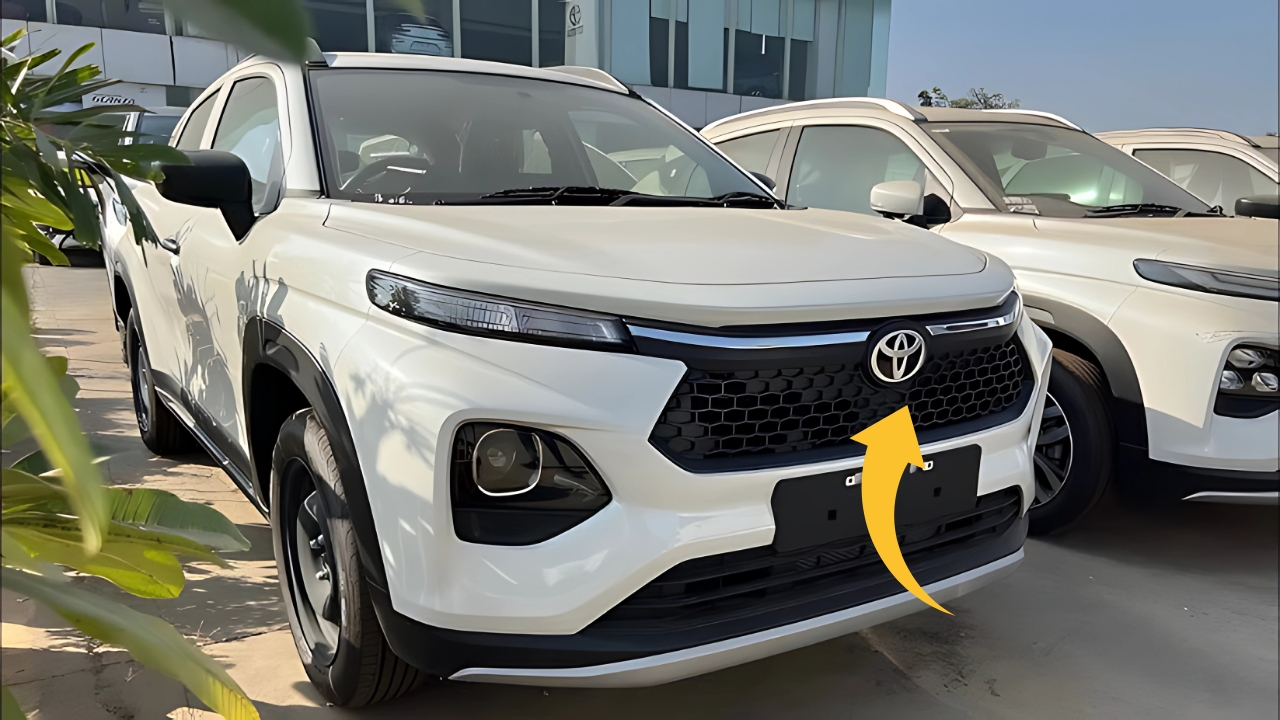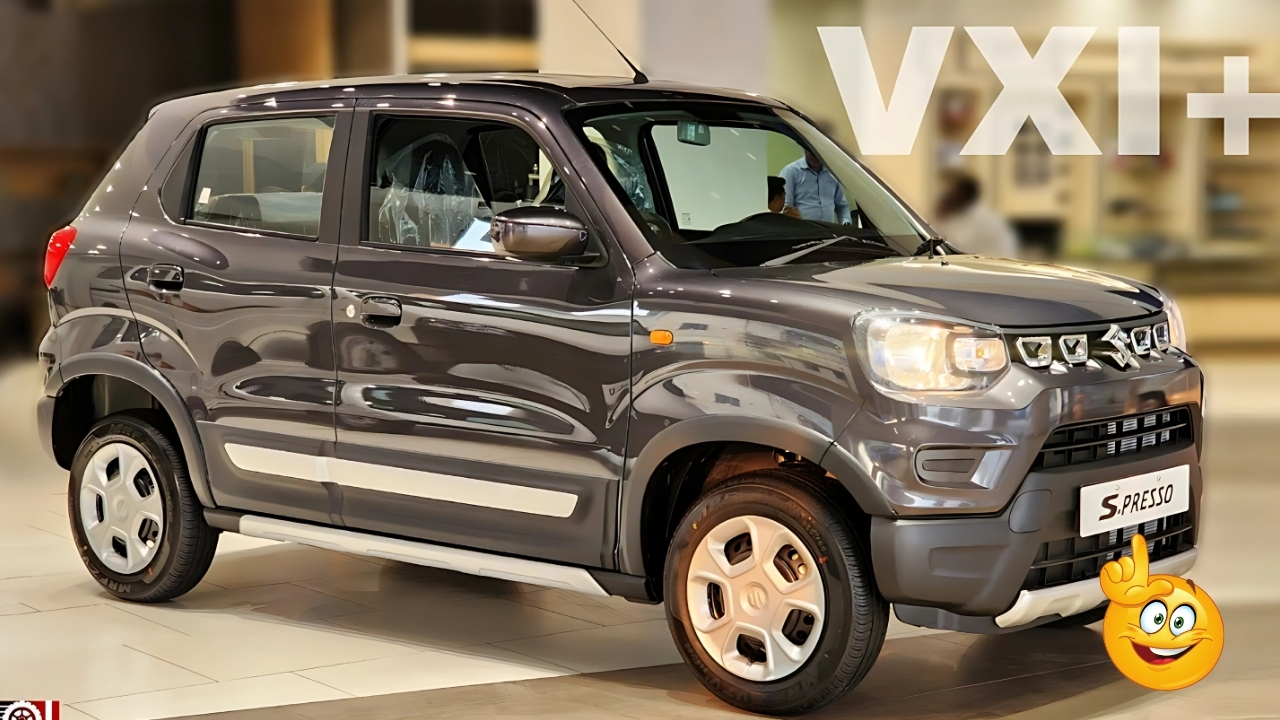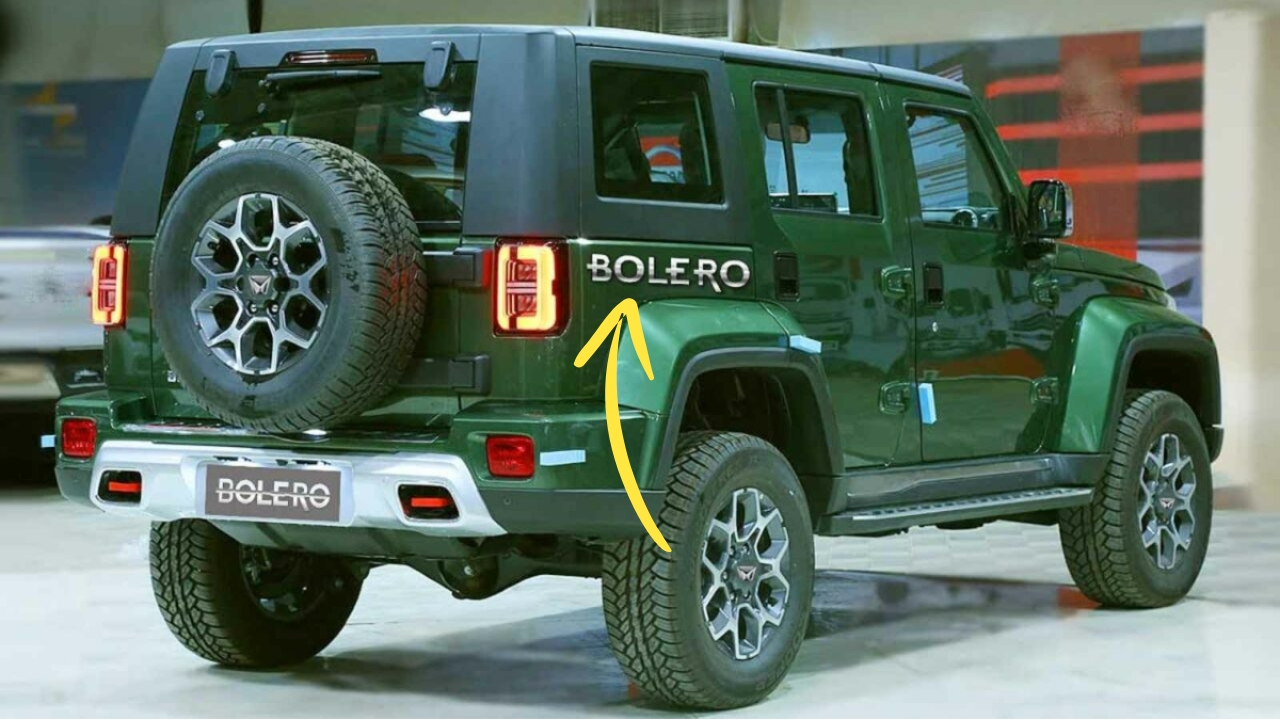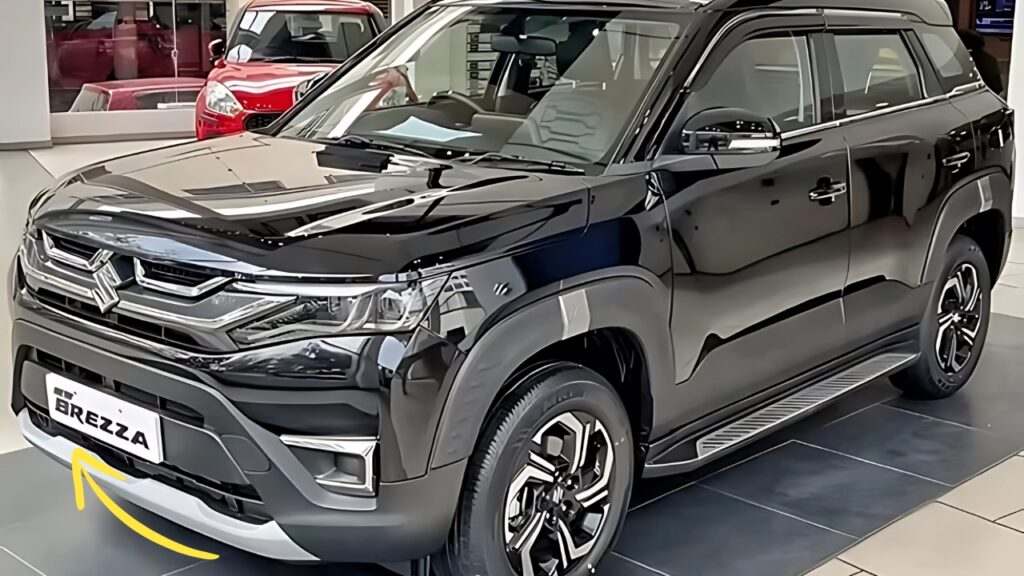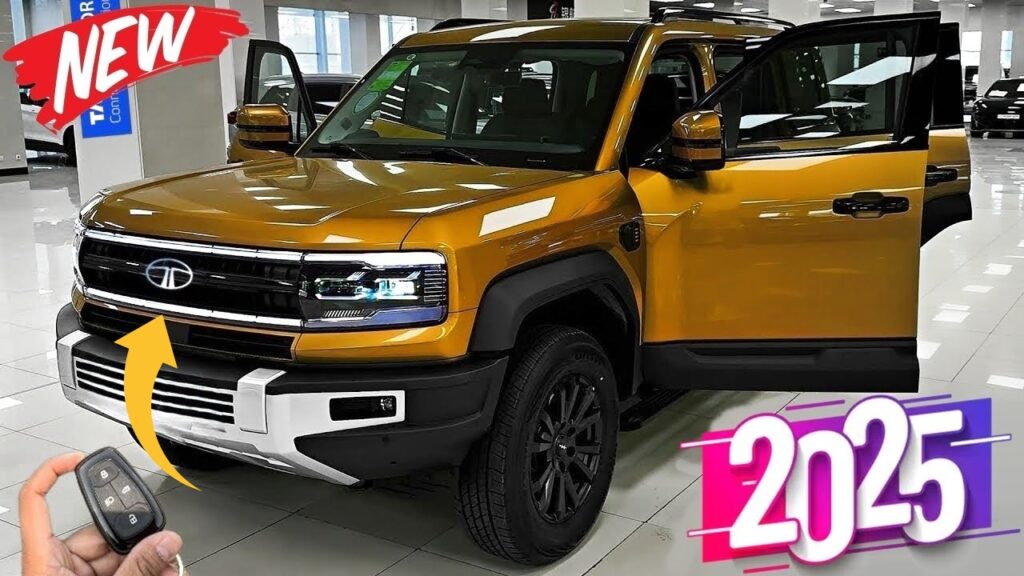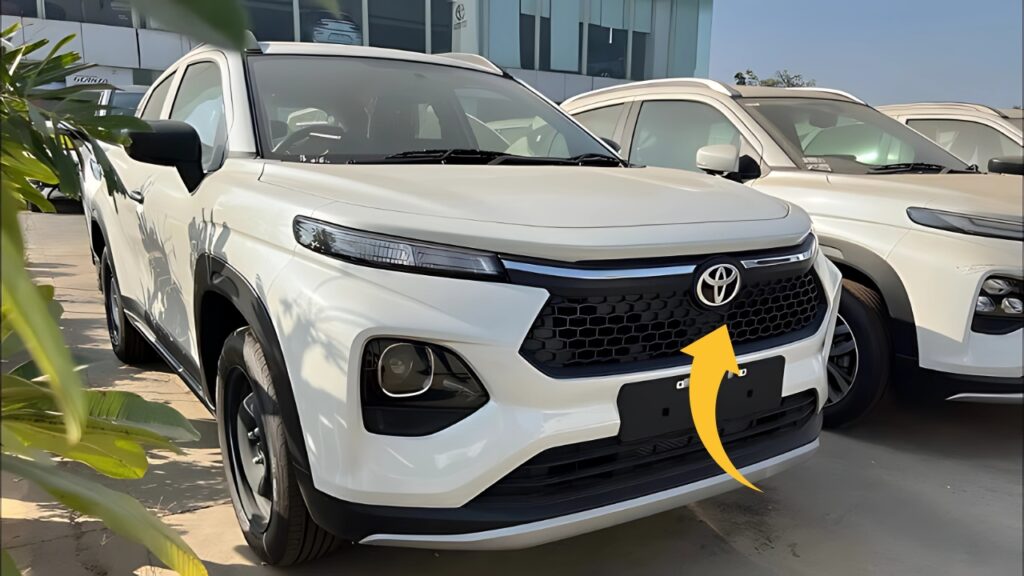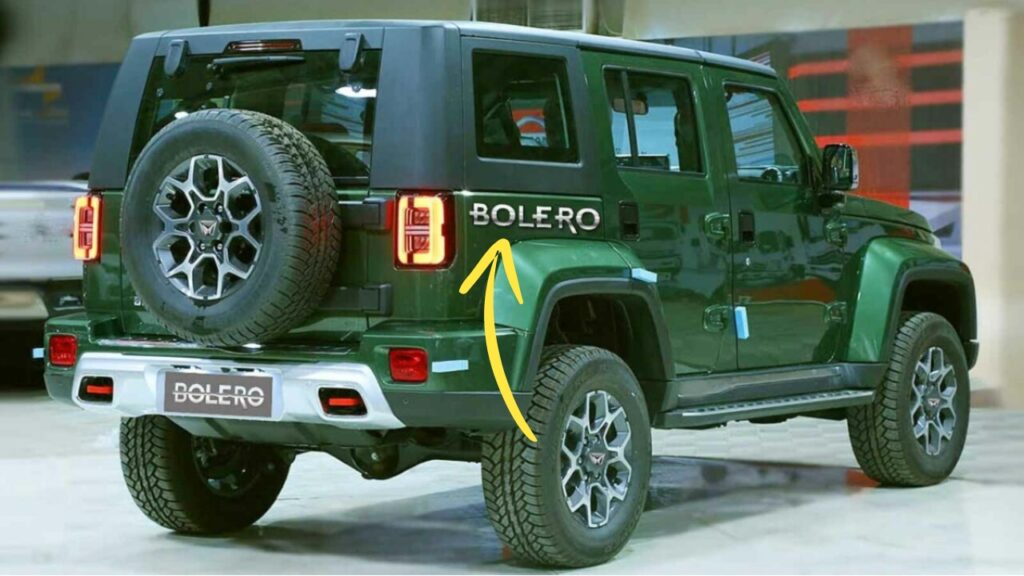Mahindra Bolero: In the vast landscape of Indian automobiles, few vehicles have maintained their relevance and popularity across decades quite like the Mahindra Bolero.
First introduced in 2000, this rugged utility vehicle has weathered changing consumer preferences, evolving emission norms, and shifting market dynamics to remain one of the most recognizable silhouettes on Indian roads.
What has given this seemingly simple vehicle such remarkable staying power in a market known for its fickleness and rapid evolution?
Mahindra Bolero: Origins: Born from Necessity
The story of the Bolero begins not with a clean-sheet design but as an evolution of Mahindra’s earlier utility vehicles.
Mahindra & Mahindra, a company with deep roots in manufacturing agricultural equipment and licensed Jeeps, understood the Indian rural and semi-urban markets intimately.
They recognized a gap in the market for a vehicle that combined the robustness of a utility vehicle with more comfort features than their previous offerings like the Mahindra Commander and Armada.
When the Bolero debuted in August 2000, it wasn’t revolutionary by global standards. Its boxy design, ladder-frame chassis, and rear-wheel-drive layout were conventional approaches for utility vehicles of that era.
What made it special was how perfectly these elements were tailored to Indian conditions and requirements.
The name “Bolero” itself was carefully chosen. Drawing inspiration from the Spanish dance form known for its rhythm and energy, Mahindra hoped to infuse some personality into what could have otherwise been perceived as merely a functional vehicle.
This hint of character would prove prescient as the Bolero gradually built an identity that transcended its utilitarian origins.
Technical Architecture: Simplicity as Strength
The initial Bolero was powered by a 2.5-liter diesel engine that produced a modest 63 bhp and 160 Nm of torque.
These figures wouldn’t impress performance enthusiasts, but they perfectly suited the vehicle’s intended purpose.
The focus was on low-end torque for carrying heavy loads and navigating challenging terrain rather than outright speed or acceleration.
The underlying architecture followed a similar philosophy of purposeful simplicity:
Ladder frame chassis providing exceptional durability and load-bearing capability
Leaf spring suspension at the rear offering robust load-handling characteristics
Manual transmission with well-spaced gear ratios for different terrain
High ground clearance (180 mm) for traversing uneven rural roads
Recirculating ball steering system prioritizing durability over precision
This mechanical simplicity offered several advantages in the Indian context. It made the Bolero easier to maintain in areas with limited access to sophisticated service facilities.
Components were designed with generous tolerances, allowing the vehicle to function reliably even when subjected to poor fuel quality or inconsistent maintenance schedules.
Perhaps most importantly, this approach kept costs down. The Bolero entered the market at a price point that made it accessible to a wide range of customers, from government departments to small business owners in tier-2 and tier-3 cities.
Evolution Through the Years
One of the most remarkable aspects of the Bolero’s journey has been its ability to evolve while maintaining its core identity.
Over more than two decades, Mahindra has continuously refined the vehicle through incremental improvements rather than radical redesigns.
The exterior styling has remained largely faithful to the original boxy silhouette, with updates limited to elements like headlamps, grille designs, and body graphics.
This consistency has helped maintain strong brand recognition while allowing the vehicle to develop a timeless quality uncommon in the automotive world.
Mechanically, however, the changes have been more substantial:
2001: Introduction of the DI (Direct Injection) engine for better fuel efficiency 2007: Major facelift with refreshed interiors and new front-end design 2011: Launch of the micro-hybrid technology with auto start-stop functionality 2016: Introduction of the shorter sub-4-meter Bolero Power+ to benefit from tax advantages 2020: BS6-compliant mHawk75 engine meeting the latest emission standards
The interior has seen the most significant evolution, gradually incorporating more comfort and convenience features while maintaining the practical, durable approach that defined the original.
Early models featured spartan, utilitarian cabins with minimal amenities. Current versions offer power windows, air conditioning, audio systems with Bluetooth connectivity, and even digital instrument clusters in higher trims.
Market Performance: Defying Gravity
The most compelling testament to the Bolero’s success is its sales performance. In a market where product lifecycles have been growing increasingly shorter, the Bolero has achieved the remarkable feat of remaining among India’s best-selling utility vehicles for over two decades.
At various points, it has held the title of India’s highest-selling SUV, though this claim requires some nuance, as the Bolero straddles the line between traditional SUVs and utility vehicles.
Regardless of classification, its consistent presence in the sales charts represents an anomaly in automotive marketing that deserves closer examination.
What makes this longevity even more impressive is that it has occurred against a backdrop of dramatic market transformation.
When the Bolero was launched, India’s passenger vehicle market was dominated by small hatchbacks, with utility vehicles representing a niche segment. Today, SUVs and crossovers account for nearly half of all passenger vehicles sold in the country.
Throughout this evolution, the Bolero has neither tried to reinvent itself as something it’s not, nor has it remained completely static.
This balanced approach to product development has allowed it to maintain relevance while newer, more sophisticated competitors have entered and sometimes exited the market.
Comparative Analysis: The Bolero Against Contemporary Competitors
| Feature | Mahindra Bolero | Tata Sumo Gold | Force Trax Cruiser | Maruti Suzuki Ertiga |
|---|---|---|---|---|
| Body Type | Traditional SUV | Traditional SUV | Traditional SUV | MPV |
| Engine | 1.5L mHawk75 Diesel | 3.0L DI Diesel | 2.6L Diesel | 1.5L K-Series Petrol |
| Power Output | 75 bhp | 85 bhp | 90 bhp | 103 bhp |
| Torque | 210 Nm | 250 Nm | 230 Nm | 138 Nm |
| Transmission | 5-speed Manual | 5-speed Manual | 5-speed Manual | 5-speed Manual/4-speed Auto |
| Seating Capacity | 7-9 | 7-9 | 9-12 | 7 |
| Ground Clearance | 180 mm | 165 mm | 187 mm | 185 mm |
| Fuel Efficiency | 16.7 kmpl | 15.3 kmpl | 14.2 kmpl | 19.01 kmpl |
| Price Range (2024) | ₹9.78-10.79 lakh | Discontinued | ₹11.24-15.95 lakh | ₹8.64-12.84 lakh |
| Target Market | Rural/Semi-urban | Rural/Semi-urban | Commercial/Rural | Urban/Family |
This comparison highlights how the Bolero has maintained its distinct position. While competitors like the Tata Sumo have been discontinued and others like the Force Trax cater to more specialized segments, the Bolero continues to occupy its unique niche.
Modern alternatives like the Ertiga offer more refinement and efficiency but lack the Bolero’s ruggedness and versatility in challenging conditions.
Cultural Impact: Beyond Transportation
To understand the Bolero’s enduring appeal, one must look beyond specifications and features to examine its cultural significance.
In many parts of rural and semi-urban India, the Bolero has transcended its status as a mere vehicle to become a symbol of achievement and authority.
Its commanding road presence, elevated seating position, and association with resilience have made it popular among local administrators, small business owners, and aspiring entrepreneurs.
In certain regions, particularly in northern and western India, the Bolero has become intrinsically linked with social status and influence.
This cultural embedding has been reinforced through its portrayal in regional cinema and television, where it frequently appears as the vehicle of choice for characters representing rural authority or entrepreneurial success.
These media representations have further cemented the Bolero’s image as more than just a means of transportation.
The vehicle has also built a reputation for reliability that borders on legendary. Anecdotes abound of Boleros continuing to function in conditions that would immobilize more sophisticated vehicles.
This reputation has been particularly valuable in rural areas where vehicle breakdowns can have serious consequences due to limited access to service facilities.
Key Points That Define the Bolero’s Success
Targeted Design Philosophy: Rather than trying to be all things to all people, the Bolero has maintained a laser focus on the specific needs of its core market segments.
Appropriate Technology: Mahindra has consistently prioritized robust, serviceable technology over cutting-edge features that might compromise reliability or increase maintenance complexity.
Evolutionary Development: The vehicle has evolved gradually through thoughtful incremental improvements rather than disruptive redesigns, maintaining continuity while addressing changing requirements.
Price Positioning: Throughout its lifetime, the Bolero has maintained competitive pricing that delivers strong value for its target customers, making it accessible to a broad customer base.
Versatility: Few vehicles can match the Bolero’s ability to serve as family transport during the week and commercial workhorse on weekends, making it particularly attractive to small business owners.
Brand Trust: Mahindra’s long-standing presence in rural India and reputation for building durable vehicles has reinforced the Bolero’s market position.
Cultural Relevance: The vehicle has successfully embedded itself in the cultural fabric of rural and semi-urban India, becoming a status symbol and aspiration for many.
Challenges and Adaptations
The Bolero’s journey hasn’t been without challenges. Evolving emission norms have required significant engineering updates, particularly the transition to BS6 standards in 2020.
For a vehicle designed around mechanical simplicity, incorporating more sophisticated emission control systems represented a substantial hurdle.
Changing safety regulations have posed similar challenges. The introduction of airbags, ABS, and other safety features has required careful integration into a platform that wasn’t originally designed with these elements in mind.
Perhaps the most significant challenge has been the gradual shift in consumer preferences toward more refined, car-like SUVs.
As competitors have introduced models with monocoque construction, turbocharged engines, and sophisticated infotainment systems, the Bolero has faced increasing pressure to justify its more traditional approach.
Mahindra has responded to these challenges through a multi-pronged strategy:
Introducing the Bolero Neo (based on the TUV300 platform) to cater to customers seeking more refinement
Positioning the original Bolero more explicitly toward commercial and rural applications
Creating the sub-4-meter Bolero Power+ to benefit from tax advantages
Gradually incorporating more comfort and convenience features while maintaining the core rugged character
This balanced approach has allowed the Bolero family to maintain relevance across a broader spectrum of the market than would be possible with a single model.
Future Prospects: Electric Horizons?
As India accelerates toward electrification, questions inevitably arise about the Bolero’s future. Mahindra has announced ambitious plans for electric vehicles, with several models already in development.
Could an electric Bolero be on the horizon?
The technical challenges would be substantial. The Bolero’s appeal is built largely around its simplicity and ability to function reliably in areas with limited infrastructure.
Current electric vehicle technology, with its dependence on charging networks and more complex electronics, would seem at odds with these core attributes.
However, the advancing capabilities of electric powertrains, particularly their torque characteristics and potential for mechanical simplicity, could eventually align well with the Bolero’s utilitarian focus.
As battery technology improves and charging infrastructure expands into rural areas, an electric Bolero could potentially offer advantages in terms of operating costs and torque delivery.
More immediately, the Bolero is likely to continue evolving within its established paradigm, incorporating necessary updates to meet regulatory requirements while maintaining its core identity.
The introduction of more efficient diesel engines, enhanced safety features, and incremental comfort improvements seems the most probable path forward in the medium term.
Mahindra Bolero: The Virtue of Staying True
In an automotive landscape increasingly dominated by crossovers that blur the lines between traditional vehicle categories, the Mahindra Bolero stands as a refreshing counterpoint – a vehicle that knows exactly what it is and makes no apologies for it.
Its continued success offers valuable lessons about product development and market positioning.
While the industry often celebrates disruptive innovation and radical redesigns, the Bolero demonstrates the value of evolution over revolution when a product genuinely addresses the needs of its target market.
It also highlights the importance of understanding local conditions and requirements.
The Bolero wouldn’t make sense in many global markets, but in India – with its unique combination of challenging road conditions, price sensitivity, and diverse use cases spanning personal and commercial applications – it has found enduring relevance.
Perhaps most importantly, the Bolero reminds us that automotive success isn’t always about chasing the latest trends or incorporating the most advanced technology.
Sometimes, it’s about creating a product with an authentic character that resonates with its intended audience and then carefully nurturing that character through thoughtful evolution.
As India’s automotive market continues to mature and diversify, the Bolero’s straightforward approach and clearly defined identity may prove to be increasingly valuable differentiators in a landscape of increasingly homogeneous competitors.
For a vehicle that began its journey as a humble utility offering, that would be perhaps its most remarkable achievement of all.
